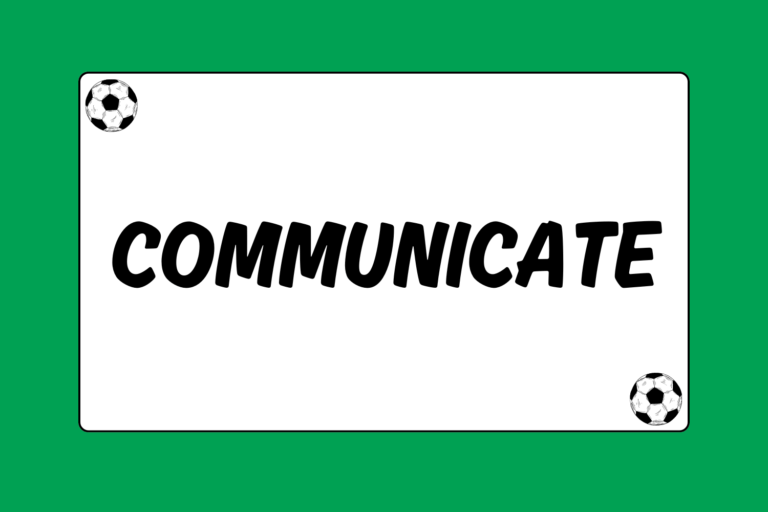Soccer players desiring more strength, explosiveness, and overall fitness should strongly consider a plyometric training routine. Plyometric exercises will make it easier for any player to produce quick bursts of speed, sharp cuts with the ball, and the leaping ability to volley headers into the back of the net.
Plyometrics Explained
Plyometric exercises increase a player’s ability to generate speed and power by emphasizing strong muscle contractions followed by quick explosive movements, much like a spring recoiling and unleashing. They work to decrease the time it takes for the large leg muscle groups to respond explosively, and require two essential ingredients to be effective:
- Proper alignment of your upper body over your center of gravity.
- Contraction of muscles followed by explosive movement.
Plyometric training is most effective for soccer players when it is used to supplement cardio and strength conditioning, which are essential for soccer conditioning and skills development. Soccer players should only use plyometric exercises no more than once or twice a week.
Hot Tip: Warm-ups
As with all intense exercise, be sure to warm up with stretching and light jogging before participating in plyometrics. By activating muscle groups before working out, you get the most out of your exercises while limiting the risk of injury.
Proper Form
Plyometric exercises rely on proper form in order to be effective. In this case, proper form means keeping your weight centered over your feet, contracting your legs, and using your entire body to explode. Plyometrics utilize your own body weight to build strength, making it unnecessary to add additional weight (like dumbbells or weight plates) to your workouts.
Types of Plyometric Exercises
Each of the exercises below can be executed alone. Adding these to your workout routine is a great way to develop your speed and power, which translates to on-field success. While you work, concentrate on the following:
- Keep your shoulders, midsection and feet on the same plane.
- Try to make your last rep as explosive as your first.
- Work on perfecting your form.
- Decrease your time in any one spot by moving faster.
It’s important to ensure that players are capable of properly performing plyometric exercises. Players who aren’t strong enough to squat one-and-a-half times their own body weight should avoid participating in plyometric workouts.
Mental Edge
Coaches of youth players should always emphasize soft landings and low surfaces when introducing plyometrics. Young soccer players have joints that are still developing, which makes soft landings especially important. Be sure to remind players to land on both feet and bend their knees to reduce the risk of injury.
Jumping
Another jump-based plyometric exercise is box jumping. Box jumping involves standing before a stable box or platform with feet shoulder-width apart, jumping up onto the platform, and jumping down. Start by getting into a half-squat position to lower your center of gravity. Use your arms to help generate power and explode onto the platform, then carefully hop down and repeat, concentrating on a soft, two-footed landing.
Bounding
Bounding may look funny, but it’s still a great plyometric workout. It’s basically slow running in which you try to explode up and out with each step you take, getting us much air as possible before landing on your other foot. Use your opposite arm to help you lift powerfully, and be sure to concentrate on a soft landing.
Jumping Rope
Jumping rope is a great plyometric workout for soccer players, incorporating both cardio and agility training while developing the leg muscles that create explosive movement on the field. Be sure to start out slowly, and always jump on the balls of your feet. For added difficulty, try jumping on one foot, alternating feet, or incorporating a ‘high knees’ element.
Tap Drill
Tap drills are an ideal plyometric warm-up for young players. With the ball between the player’s feet, alternate by tapping each foot on top of the ball. Begin on the coach’s command and see who can go the longest.
Put Them to Good Use
Plyometric exercises make the greatest impact when they are executed after stretching, and prior to other exercises or drills. They also should be used on days when players aren’t participating in heavy cardio training.
Plyometric exercises provide the greatest benefit as part of an established workout program. Sprinkling these exercises into your training routine can lead to tangible improvements on the field in areas such as cutting, sprinting, fighting for the ball, and leaping into the air. Execute them safely and let them work for you on the field.




